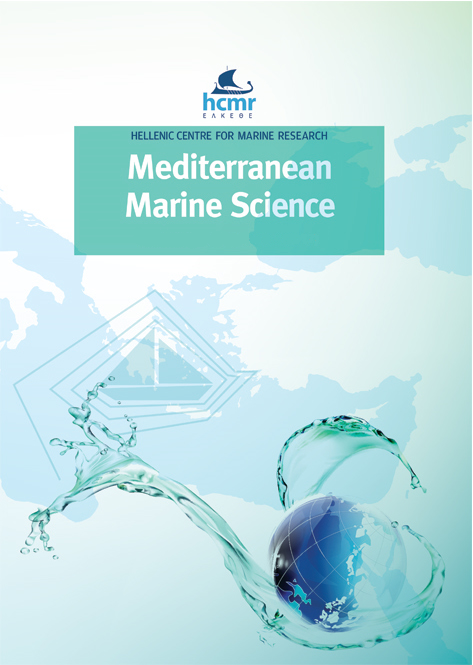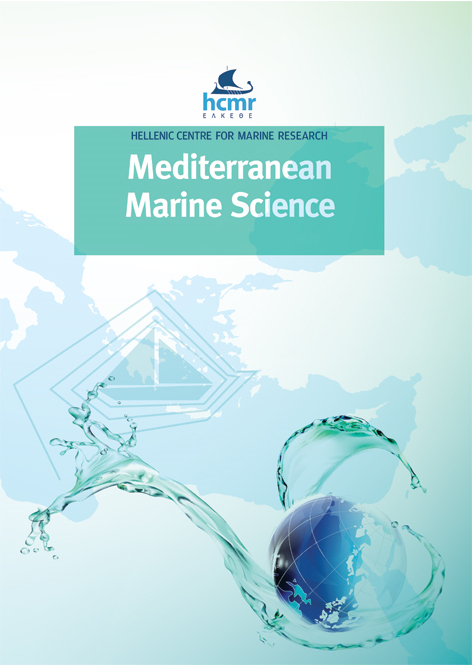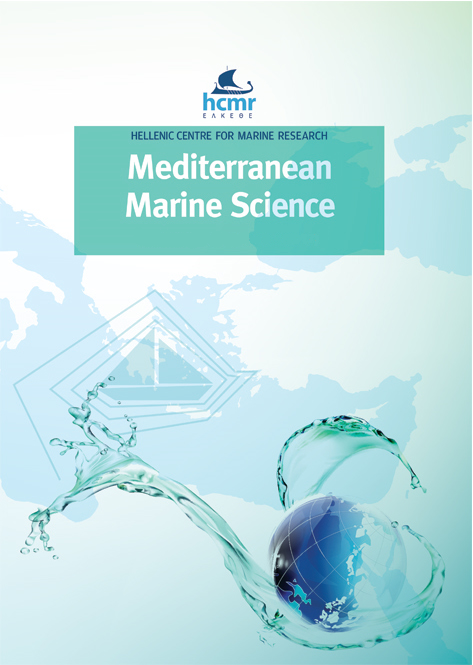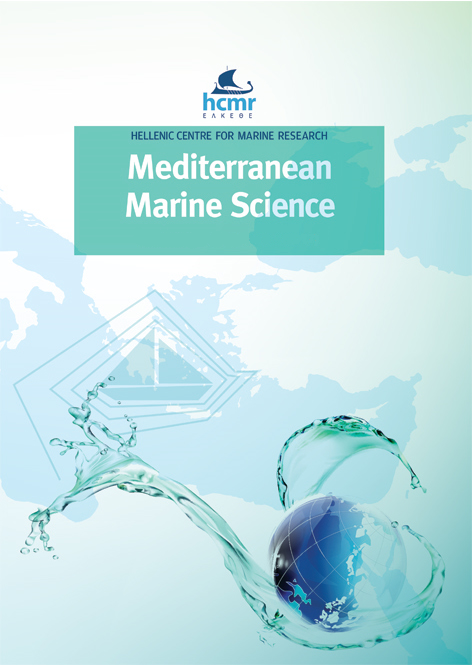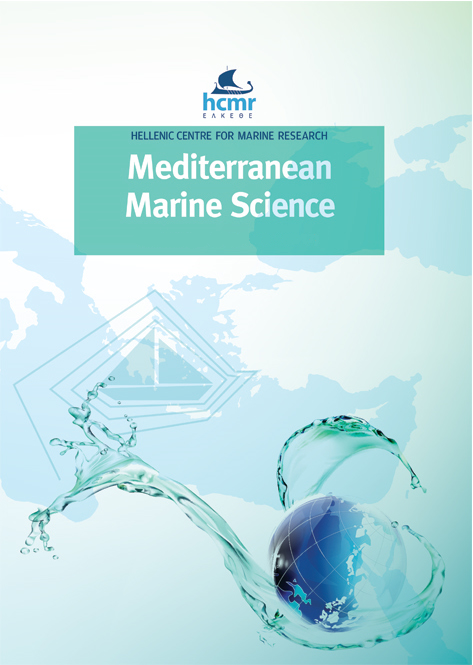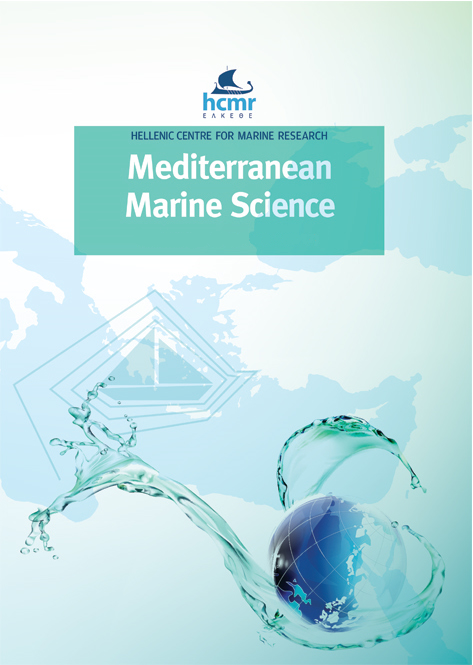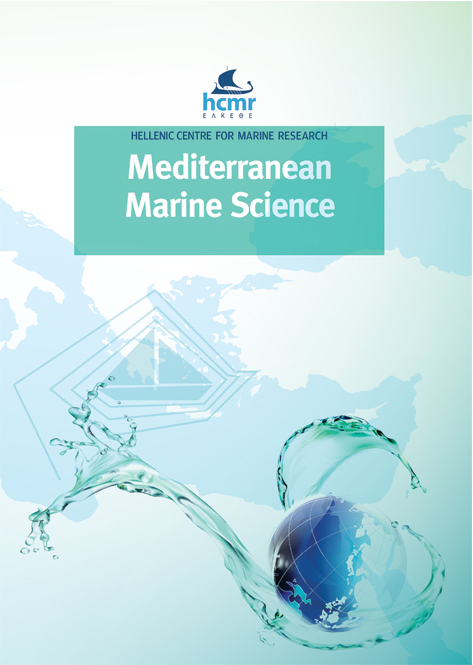Dasysiphonia adriatica sp. nov. (Delesseriaceae, Rhodophyta), a new red algal species from the North Adriatic Sea (Mediterranean Sea)
Abstract
Dasysiphonia is a genus of the family Delesseriaceae (Rhodophyta) including 9 taxonomically accepted species, among which only the non-indigenous Dasysiphonia japonica has been documented from the Adriatic Sea (Mediterranean). This invasive species is native to Hokkaido Island (Japan) and was introduced to Europe and the Mediterranean Sea through imports of the commercial Pacific oyster Magallana gigas. In this study, we describe a new species belonging to the genus Dasysiphonia, collected in the Mediterranean Sea. This new taxon was sampled in Slovenian coastal waters; its thalli were analysed using both molecular and morphological approaches and it was compared with the other known species. Moreover, samples of the invasive D. japonica were collected from different Venice Lagoon (Italy) sites and used for comparison with the new taxon. The phylogenetic reconstruction, based on the plastid rbcL gene, clearly distinguished the new Slovenian entity from all the known Dasysiphonia species, including the ones recently transferred from the sister genus Dasya. These results indicate that the Slovenian samples represent a new species, hereby named Dasysiphonia adriatica sp. nov.
Article Details
- Come citare
-
WOLF, M. A., SCIUTO, K., BUOSI, A., ORLANDO-BONACA, M., FORTIČ, A., & SFRISO, A. (2024). Dasysiphonia adriatica sp. nov. (Delesseriaceae, Rhodophyta), a new red algal species from the North Adriatic Sea (Mediterranean Sea). Mediterranean Marine Science, 25(3), 570–577. https://doi.org/10.12681/mms.38141
- Sezione
- Short Communication
Authors who publish with this journal agree to the following terms:
- Authors retain copyright and grant the journal right of first publication with the work simultaneously licensed under a Creative Commons Attribution Non-Commercial License that allows others to share the work with an acknowledgement of the work's authorship and initial publication in this journal.
- Authors are able to enter into separate, additional contractual arrangements for the non-exclusive distribution of the journal's published version of the work (e.g. post it to an institutional repository or publish it in a book), with an acknowledgement of its initial publication in this journal.
- Authors are permitted and encouraged to post their work online (preferably in institutional repositories or on their website) prior to and during the submission process, as it can lead to productive exchanges, as well as earlier and greater citation of published work (See The Effect of Open Access).

